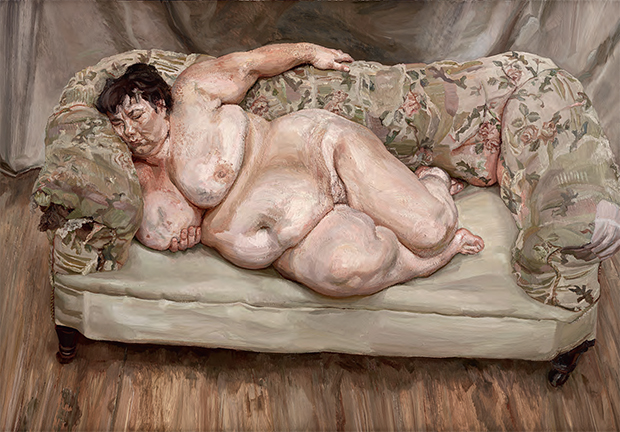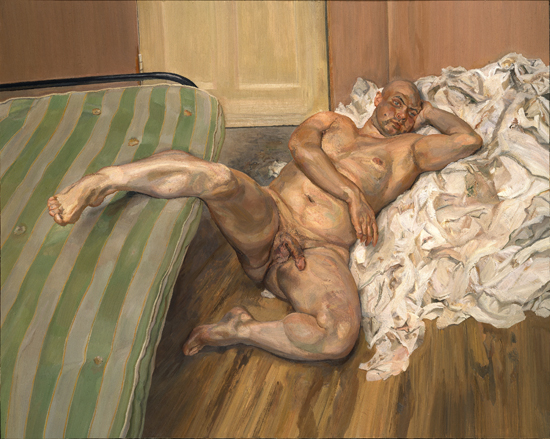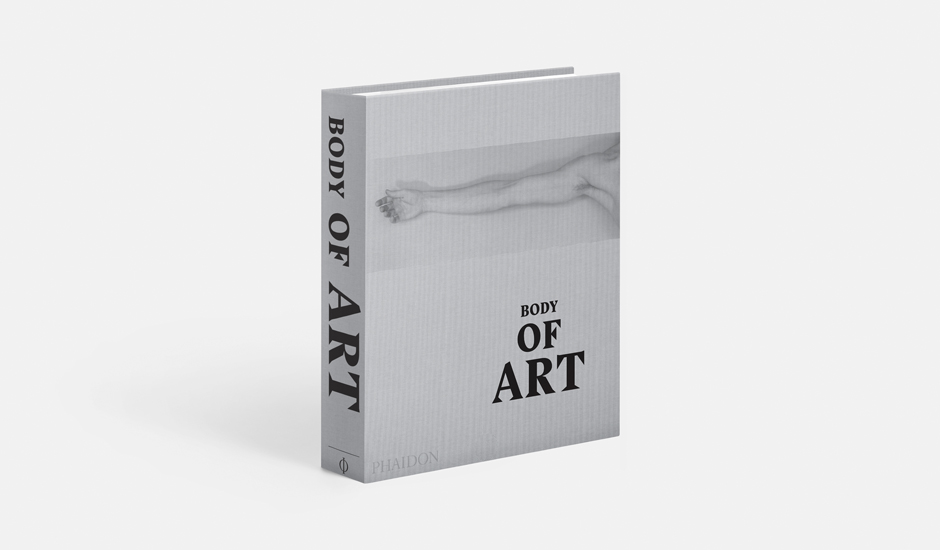
Why Freud’s nudes prove he is Rembrandt’s equal
On the anniversary of his birth we examine how the painter’s treatment of human flesh truly set him apart
“No figurative painter has been given as much praise as Lucian Feud in the last few decades,” writes the art historian Tony Godfrey in our book Painting Today. “Few have been so committed to painting the human form.”
“The relevance of the great tradition is only feasible if the work is of high quality – hence the crucial status of Freud. If the ‘great tradition’ is truly living, his painting should be hung beside Rembrandt’s without seeming out of place.”
Yet what, precisely, sets this late British artist, who was born on this day, 8 December, in 1922, apart? Godfrey argues that it is the way Freud’s picture contradict the prevailing view of bodies in today’s visual culture.
“We tend to see the body, especially when naked, as vulnerable: war photography marks the naked body as victim, pornography depicts it as merely usable. Perhaps in opposition to this, since 1960, Freud has sought to imbue his figures with monumentality, such as Egyptian and archaic Greek sculptures had. This seems very un-modern. Yet these works are radically modern in that every nude in Frued is so clearly a sexual being. “As far as I am concerned, the paint is the person. I want it to work for me just as flesh does,” he has said.”

Nowhere is this more apparent than in his 1995 painting of Londoner Sue Tilley, entitled Benefits Supervisor Sleeping. Here’s our new book, Body of Art characterizes the work, in the book’s Beauty chapter.
“Lucian Freud’s full-length portrait of Sue Tilley (a Social Security official who posed for the picture at night so as not to interfere with her office hours) responds to a long Western tradition of reclining female nudes, as seen for example in Giorgione’s Sleeping Venus. Yet here Freud (1922–2011) daringly forsakes the idealized body of a traditional Venus with soft, luminous flesh and long slender proportions. Through his unflinching realism and the deadpan, slightly overhead vantage point, which fattens the background and thrusts the figure closer to the picture.”
No one would mistake the picture for a catwalk model’s portrait or a 19th century Odalisque, yet Freud’s painting imbues her with both a vivid monumental quality that justifies its place within our book’s chapter, as well as the painter’s place beside the Old Masters.

For more on Freud’s place within corporeal art and much more besides buy a copy of Body of Art here.